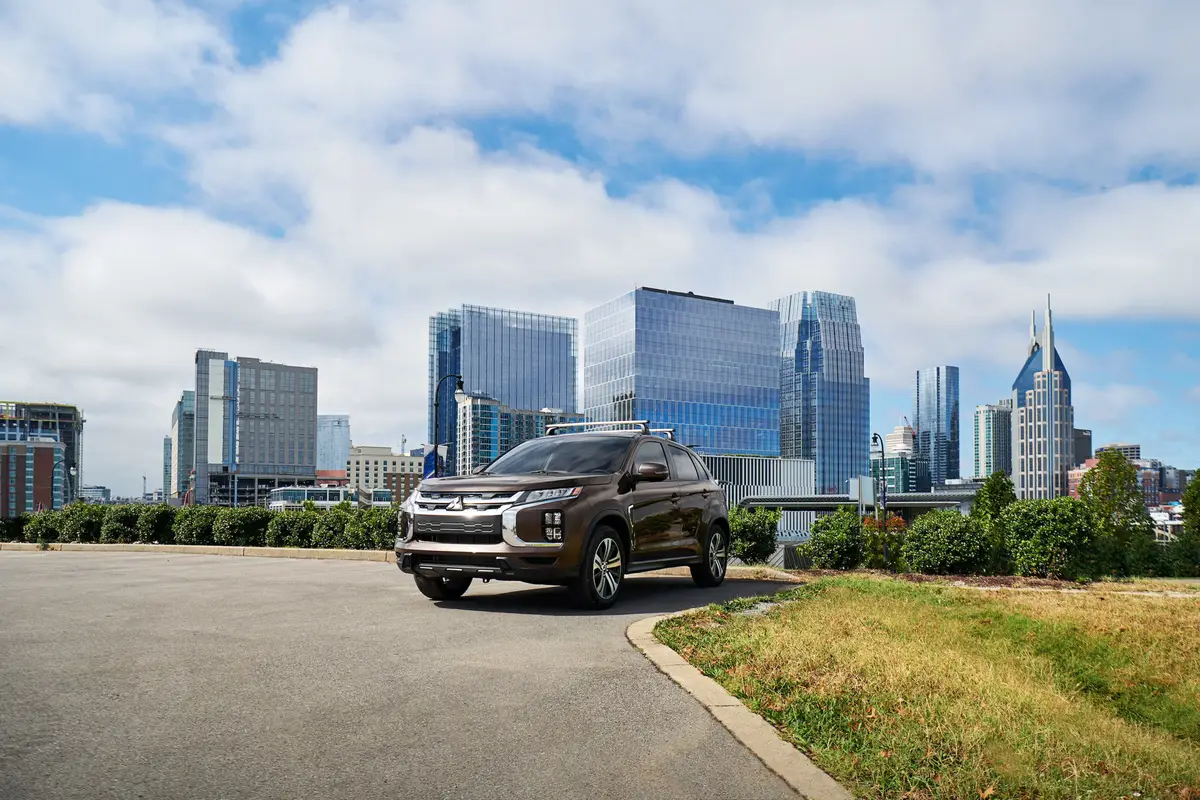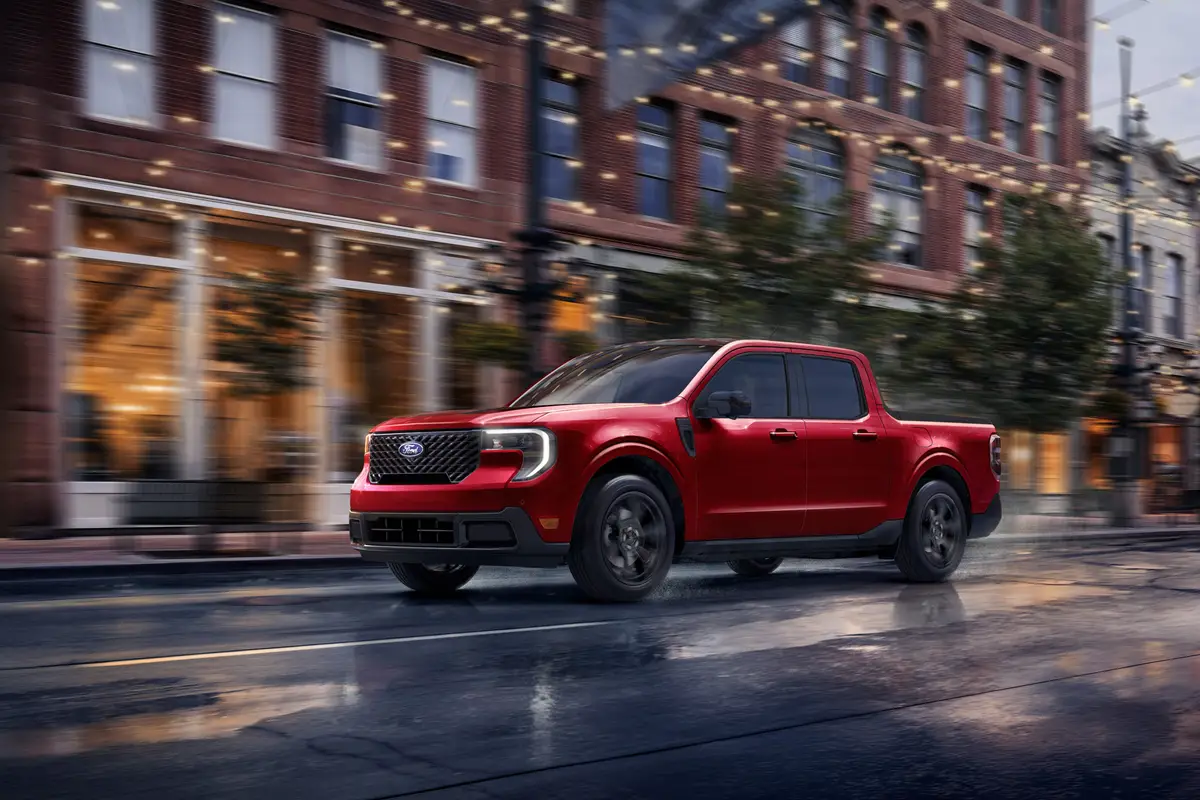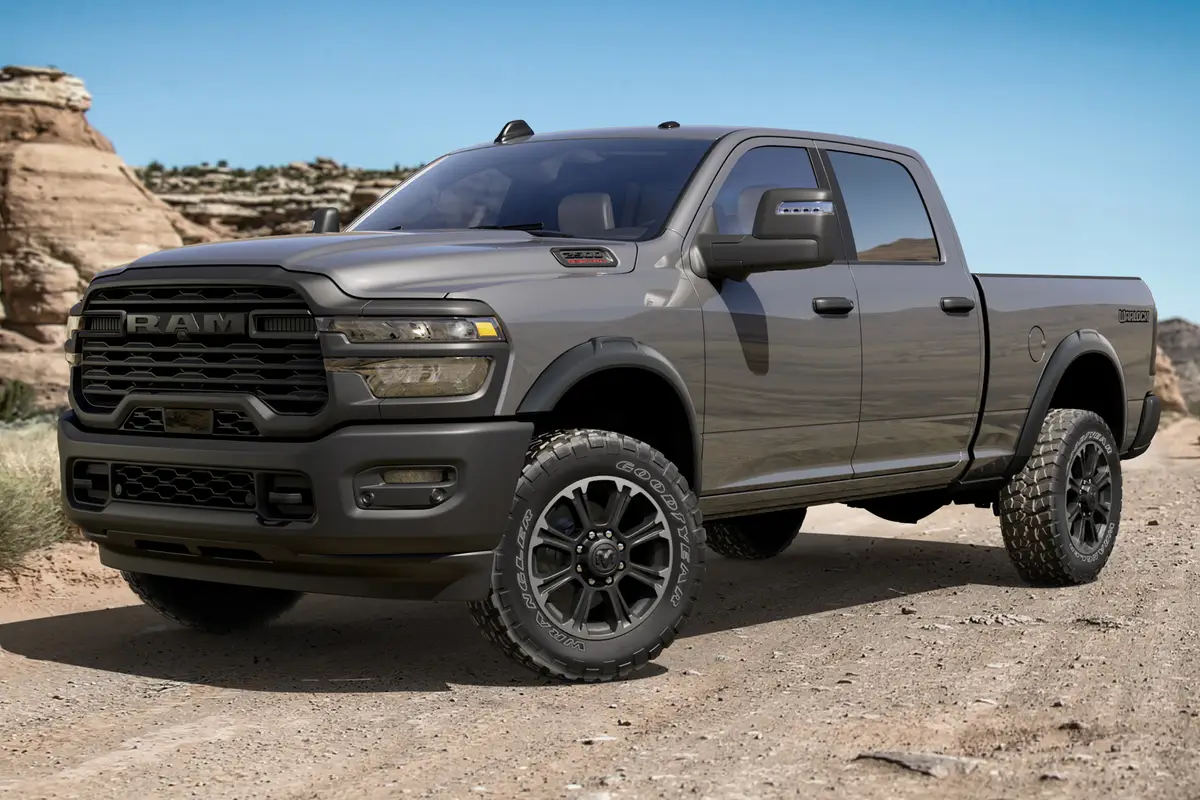Boston.com's view
I have heard, in the modern workaday world, of lawyers leaving their firms and taking clients with them; I know of accountants who have walked and taken business out the door; I know that customers often follow their hairdressers from one salon to another.
But it is in the story of the 2003 Range Rover that I have heard a first: a man who left a car company and had a car follow him.
And what a car he took.
This is likely the most elegant, serious off-road vehicle on the market today. Sure, the BMW X5 is quicker and smoother on the highway. The Porsche Cayenne will probably be even better (three weeks to test days in Alabama and counting, folks). And the new Hummer, the H2, certainly has the DNA and military bearing of one tough vehicle.
But thanks largely to Dr. Wolfgang Reitzle, Ford Motor Co. can boast of the Range Rover HSE in its Premier Automotive Group. Reitzle was at BMW when that company bought the Rover Group from British Aerospace. That was in 1994, and his dream was to use BMW technology to make the best Range Rover yet.
The company was also developing its X5 SUV, so sharing seemed in order, particularly since the previous Range Rover had been criticized as something of an under-powered throwback and BMW had a new V-8 engine in the works.
But Rover bled money, Reitzle left for Ford, and in 2000, with his input, that company bought Rover — and Reitzle’s car had followed him. At Ford, that BMW engineering has been wed to a wonderfully elegant interior, a stiff carriage owing to the chassis being welded to the frame, and an advanced platform.
The former Rover had flying solid axles more appropriate to an old pickup truck than a car meant to perform at a high level both on and off the road. The new Rover has struts up front, independent rear suspension, and air "springs" that allow the car to be raised and lowered not only for easy access, but also for highway speeds and off-road bashing. That’s just over 8 inches of ground clearance for a lower profile at highway speeds and 11 inches of clearance when high clearance is needed.
The result is a remarkably smooth, stable road car with very little hint of body roll in corners and only the slightest hint of understeer when pushed hard into a corner. That is remarkable given that the Rover weighs in at a hefty 5,379 pounds.
Its throbbing V-8 is plenty of engine to push it ably at highway speed (the tach hovers just below 3,000 rpms cruising in the passing lane) and it reaches deep for torque when pushing through off-road challenges. In this case, the challenge was a 2-foot wall of snow plowed up at the end of a dead-end road. It also climbed a steep hill through a foot of unplowed snow, and its descent control system held it back solidly as it crept down another steep hill, covered with hockey rink quality ice, after an ice storm.
Besides hill descent contro l working its magic with low gearing and subtle braking of individual wheels, the Rover also has a software system that "watches" the terrain and adjusts the ride (through those air springs) when it detects switches from highway to woods or vice versa.
Its 5-speed automatic transmission held gears appropriately, letting the revs climb when power was summoned. The manual option for the BMW Steptronic truly behaved like a manual, allowing the engine to be redlined when that sort of power was necessary. Its electronic four-by-four system can be shifted on the fly, and its ABS, traction control, and hill descent systems make for certain and confident travel.
I’d put this car up against almost any other off-road machine and chuckle to myself as I kept pace in the elegant interior of a luxury vehicle.
There was a certain beloved quirkiness to the interiors of previous Rovers. They were nice, but had the feeling of being tacked together from vari us designer boxes. Not this new Rover.
From the rich leathers — with piping on the edges for heaven’s sake — to the use of wood (even the pockets in the front doors are wood trimmed), to slices of rich metal throughout the cabin, it is clear no expense was spared.
The gauges and buttons and knobs — I stopped counting at 30 — can be a bit confusing, and this is yet another vehicle in which you need to go through the navigation screen to do simple tasks with your radio. Somebody has got to take this trend out behind the barn and put it out of its misery.
This is a bigger Rover — almost 10 inches longer, 21/2 inches wider, and nearly 2 inches taller. That extra size is noticeable inside where rear seat room is superb (that wasn’t always the case) and headroom and legroom throughout can accommodate even the very tall.
Standard safety equipment includes dual front air bags, front side air bags, and front and rear head air bags. The heated front windshield could also be classified as a safety measure in my book.
Ford made a good move in giving this luxurious interior to the Rover since at its price tag it will be going up against very stiff competition including its kin, the BMW X5, the Lexus LX470, the Mercedes-Benz ML430, the Porsche Cayenne and, heck, even the Mercedes-Benz SL500 now that that sedan has all-wheel-drive as an option.
The Rover retains its classic boxy shape and remains not ostentatious. In fact, it’s almost stealth-like in its exterior luxury. I love the multiple use of xenon lenses in the otherwise understated front fascia, but I could do without the "gills" — I’m told they are vents — on the front quarter panels.
But gills or no gills, this was one car I hated to see leave my driveway when testing was over.
Nice touch: Love the heated steering wheel. Go out on a frigid morning, start the car, push the button on the wheel and let electricity work its magic for your fingers.
Annoyance: Did not like having to fumble to find the flat button tucked up under the rear compartment lid. In the winter, the ridge of the lid was coated with salt and sand, and the gloves I didn’t need with that hot steering wheel were needed back here just to keep my hands clean.
Latest news



